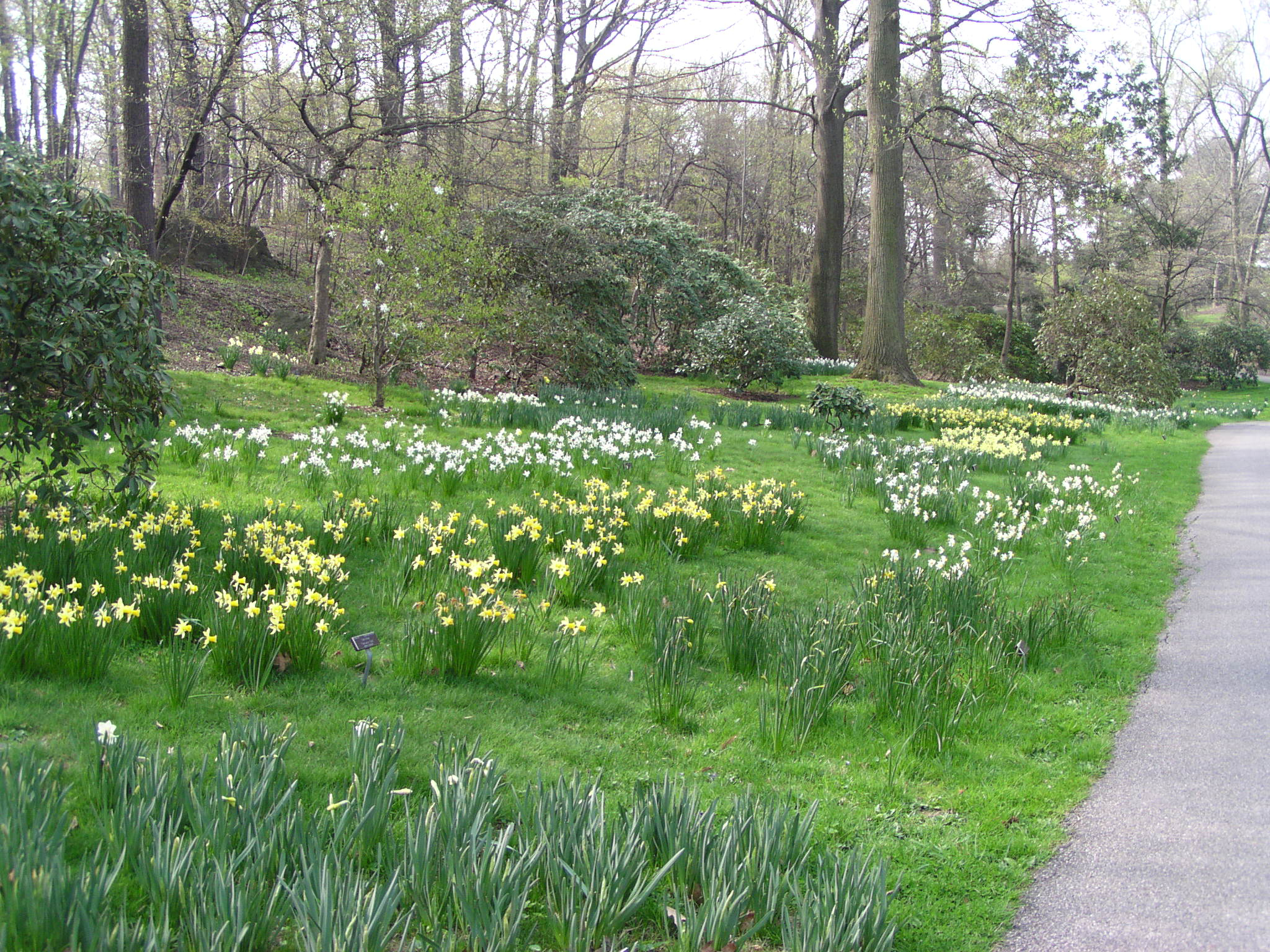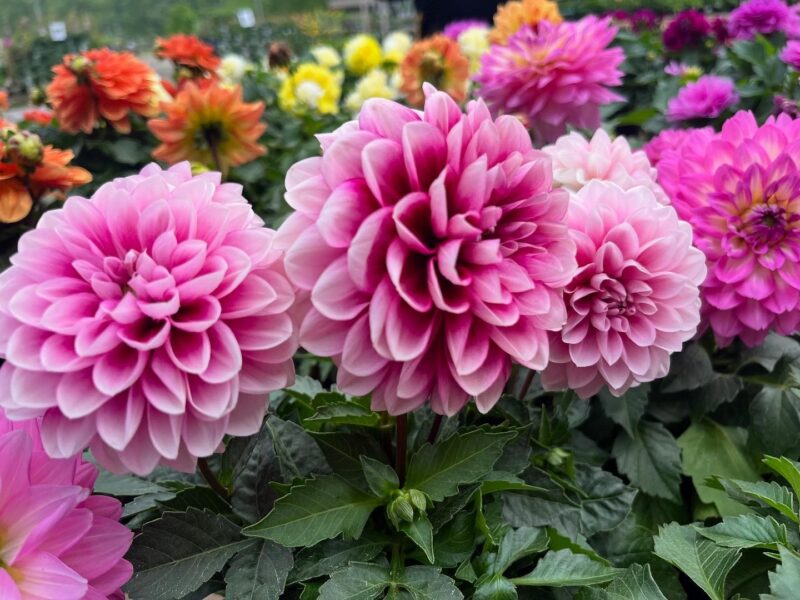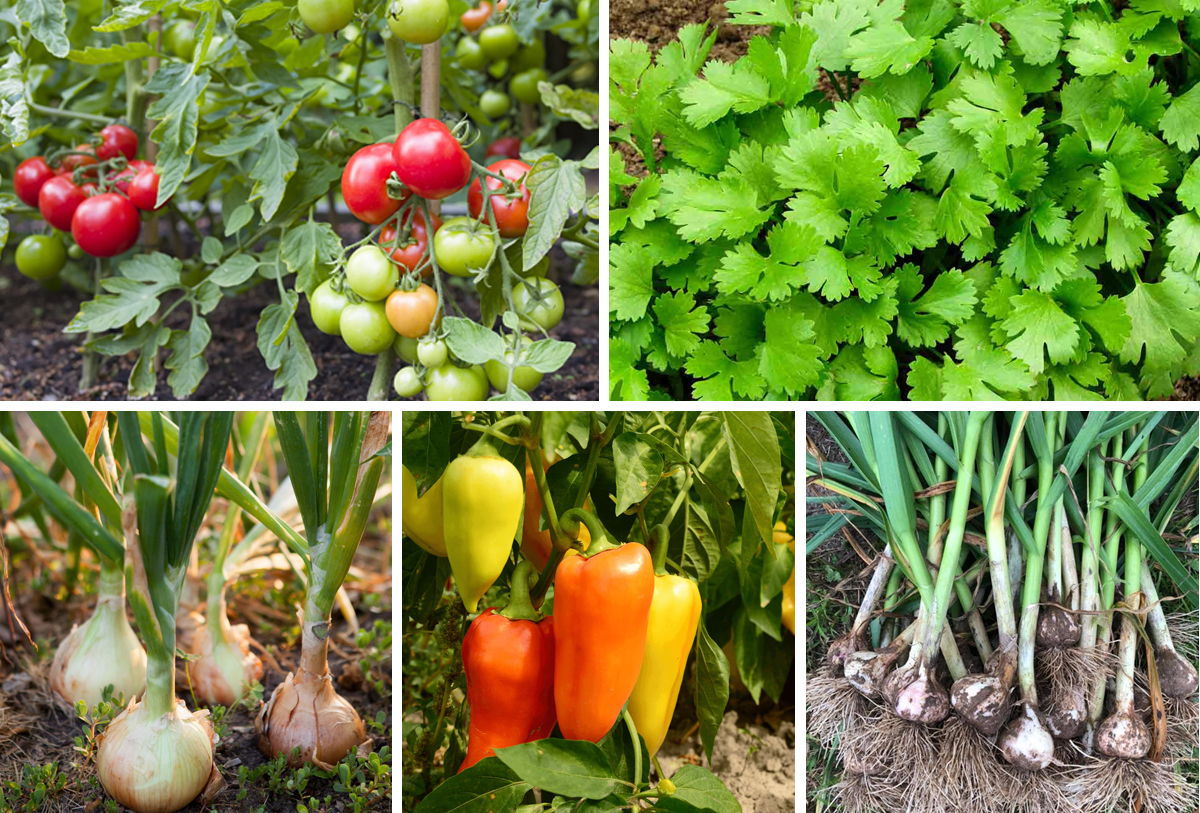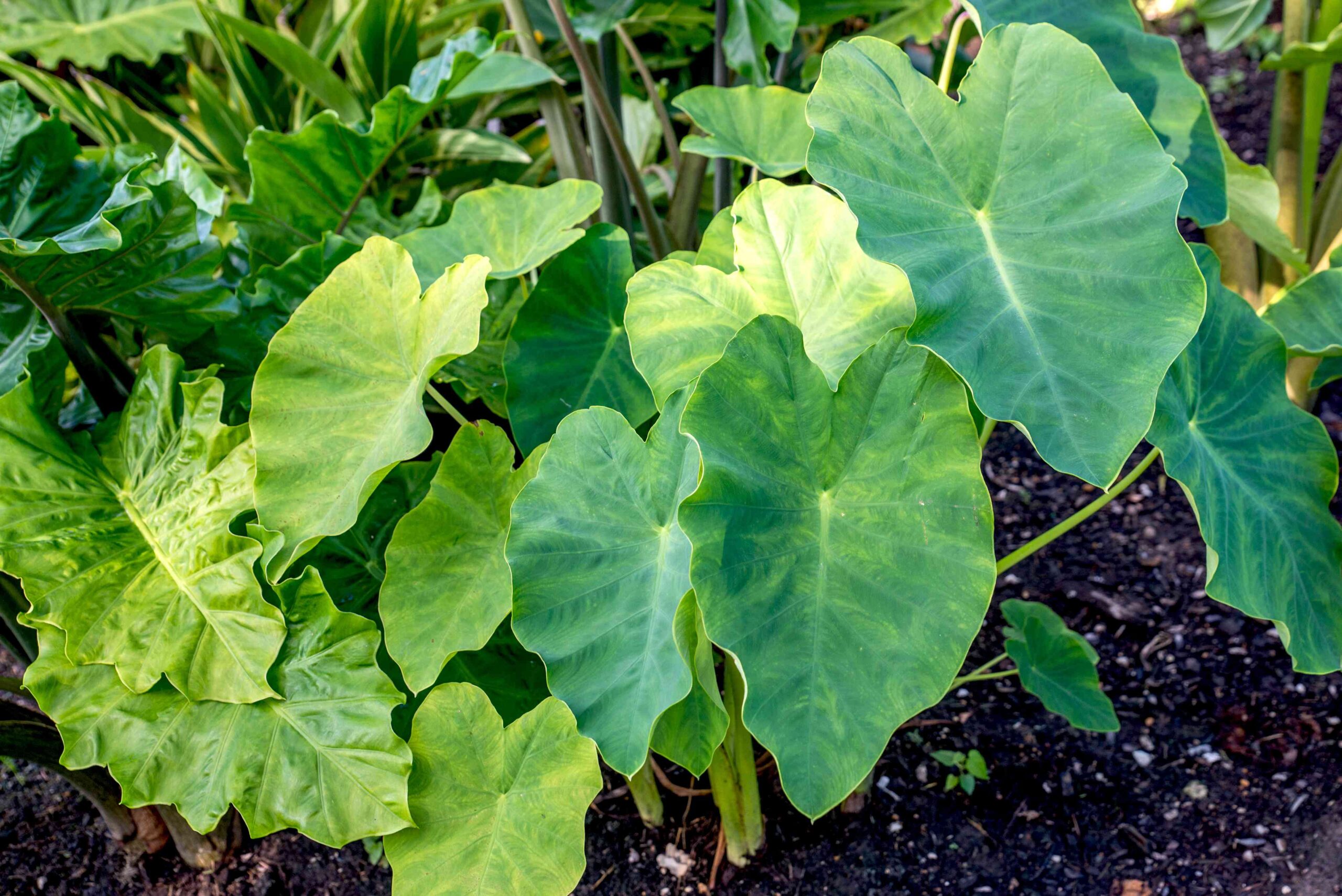
Daffodils for the Spring Garden
What would a spring landscape be without daffodils? There are so many reasons to plant daffodils. The obvious, of course, is for their beauty in the garden. And let’s not forget about those we cut to enjoy indoors.
There are other reasons to plant daffodils: squirrels don’t like them (imagine planting dozens of tulip bulbs with the squirrels at your feet, digging them up). Perhaps the biggest plus: many varieties of daffodils naturalize. Translation: the bulbs multiply, year after year, in your landscape, creating larger clumps of flowering daffodils.
Not all bulbs naturalize, certainly not tulips. Good gardeners know that you must plant new tulip bulbs every few years as the quality and uniformity of the flowers decline.
Plain and simple – daffodils are known to be good naturalizers. A few rules for success: always buy quality bulbs – you might as well start out on the right foot. Select locations that offer good soil composition; poor soils should be amended with organic matter like compost, leaf mold or rotted manure. Drainage should also be considered; avoid wet or poorly drained areas that can cause bulbs to rot and die.
Jumping ahead…Good gardeners let the foliage ripen before it is removed. If bulbs are planted in areas that are typically mowed, delay mowing and allow the foliage to mature. Translation: do not cut off green leaves, let them naturally yellow and wither. Removing foliage too soon interrupts the food manufacturing process – the bulbs need to store food/energy for next spring’s flowers. To camouflage ripening foliage, interplant with annual flowers.



